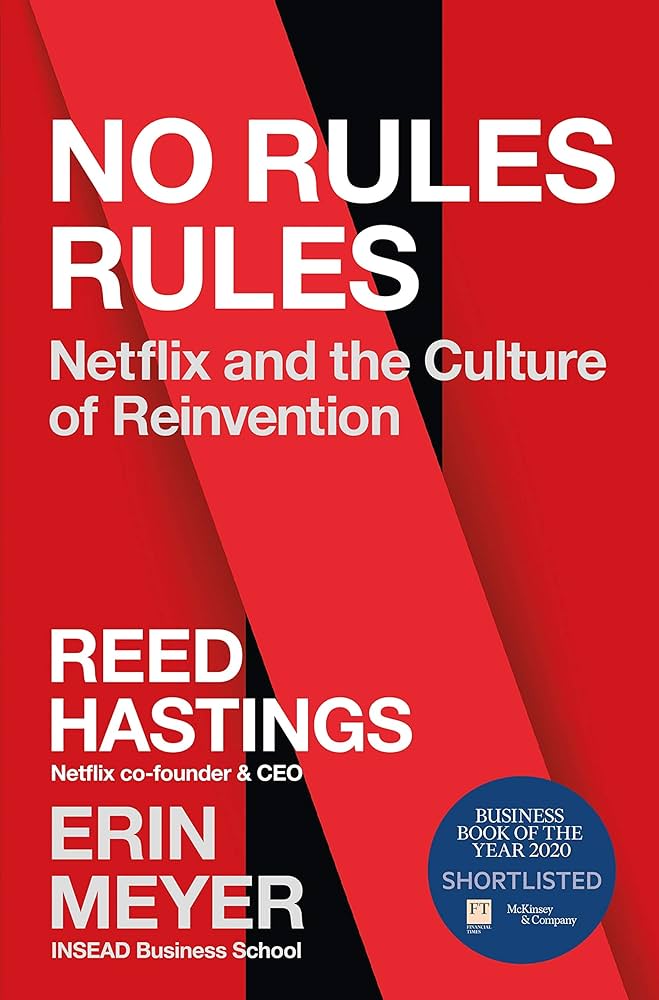Establishing Commitments
Establishing Commitments in Leadership Coaching
Navigating the challenges of our changing world, leaders face unprecedented obstacles marked by volatility, uncertainty, complexity, and ambiguity (VUCA). In this context, establishing commitments emerges as a skill for leaders. It serves as an element in guiding organizations through change. Optimizing overall efficiency. At tryScrum, our experience underscores the role of commitment in fostering leadership. We encourage leaders to think and optimize the system.
The commitment and behavior of leaders significantly impact the success of initiatives. As highlighted by Rajamanis' study titled "Impact of Leadership on Agile Transformation" (Rajamani, 2023), it becomes evident that leaders' demonstrated commitment directly influences transformation outcomes. The behaviors displayed by leaders set the tone for the workforce, shaping company culture and determining employee engagement levels. In transformations, specifically, leadership commitment becomes more critical. It acts as a catalyst for embracing agility and cultivating a culture of improvement. With a commitment from leaders, the chances of achieving sustainable transformation are significantly higher. This emphasizes Establishing Commitment's role in guiding organizations toward change.
Establishing Commitments in Leadership Coaching
Navigating the challenges of our changing world, leaders face unprecedented obstacles marked by volatility, uncertainty, complexity, and ambiguity (VUCA). In this context, establishing commitments emerges as a skill for leaders. It serves as an element in guiding organizations through change. Optimizing overall efficiency. At tryScrum, our experience underscores the role of commitment in fostering leadership. We encourage leaders to think and optimize the system.
The commitment and behavior of leaders significantly impact the success of initiatives. As highlighted by Rajamanis' study titled "Impact of Leadership on Agile Transformation" (Rajamani, 2023), it becomes evident that leaders' demonstrated commitment directly influences transformation outcomes. The behaviors displayed by leaders set the tone for the workforce, shaping company culture and determining employee engagement levels. In transformations, specifically, leadership commitment becomes more critical. It acts as a catalyst for embracing agility and cultivating a culture of improvement. With a commitment from leaders, the chances of achieving sustainable transformation are significantly higher. This emphasizes Establishing Commitment's role in guiding organizations toward change.
What does Establishing Commitments mean?
Establishing Commitments refers to the leadership coaching skill that focuses on gaining and strengthening leaders' dedication to change and improving the system as a whole. It goes beyond agreement or compliance, involving a shift in leaders' mindsets and their active involvement with the evolving landscape. At tryScrum, we emphasize cultivating commitment rather than passively accepting new directives.
Why is Establishing Commitments necessary?
In today's complex and ambiguous (VUCA) world of constant and unpredictable change, leaders must align themselves with organizational goals and adapt to evolving circumstances. Establishing Commitments acts as the adhesive that binds leaders to the vision and strategy, ensuring a synchronized effort in navigating uncertainties. This commitment goes beyond compliance; it prompts a mindset shift among leaders, encouraging them to think the picture and optimize the system holistically
Listening and Questioning
Utilize listening techniques to comprehend leaders' perspectives and concerns better. Employ-ended questions that prompt responses encourage leaders to articulate their thoughts while fostering a sense of ownership in decision-making.
*Tip: "Could you please share your insights on the proposed changes? How do they align with your leadership style?"
Providing Feedback for Growth
Under the guidance of Reed Hastings, Netflix has become known for its approach and a strong emphasis on improvement. According to Reed, feedback is deeply embedded in Netflix's culture, going beyond being a process. At tryScrum, we find inspiration in this culture, particularly regarding coaching leaders.
As leadership coaches, we strongly advocate embracing a feedback and feedforward approach. Like the Netflix model, where every colleague is expected to contribute feedback, leaders should actively. Provide feedback within their teams. This transparent exchange fosters an environment that promotes growth and advancement.
Let's imagine a scenario at Netflix where a leader named Alex leads a team through a period of change. As leadership coaches, our advice to Alex would be to offer feedback to team members, acknowledging their strengths and areas for improvement. Simultaneously, Alex needs to encourage team members to reciprocate by promoting communication.
When working with leaders, we stress the importance of establishing an agreement that fosters an honest culture. This involves setting expectations that are not welcome but actively encourage feedback. Leadership coaches play a role, in guiding leaders towards initiating constructive conversations.
Leaders should understand that feedback is not one process; it works both ways. Leaders need to seek feedback on their leadership style and effectiveness actively.
Tip; "As we embark on our coaching journey, let's commit to open and honest feedback. Encourage your team members to share their insights and seek their feedback, on your leadership. This exchange of perspectives will strengthen the coaching relationship. Contribute to the growth of your team."
By incorporating aspects of Netflix's approach to feedback, leadership coaches can guide leaders in creating an environment where continuous improvement becomes a shared commitment rather than a goal.
Coaching Focused on Strengths
Our study on strengths coaching is pivotal for this competency. Leveraging a leader's strengths can enhance their dedication. By aligning initiatives with their strengths, leaders are more likely to embrace change enthusiastically, recognizing it as an opportunity for personal and professional growth.
*Tip: "Taking into account your thinking abilities, how can we harness this strength to implement the proposed changes successfully?"
Alignment of Goals and Visualization
Organizational goals must resonate with leaders on a level. Conduct visualization exercises that help leaders envision how their commitment contributes to collective success.
*Tip: "Let's visualize the outcomes of these changes within your realm of leadership."How do you imagine your team flourishing in this setting?"
Conclusion
In today's changing VUCA world, Establishing Commitments goes beyond a mere checkbox and becomes a transformative process. At tryScrum, we advocate for a coaching approach that goes beyond surface-level agreement and dives into the mindset shifts of leaders. By embracing commitment, leaders become better equipped to think big, optimize the system, and navigate the complexities of the business landscape.
As Kouzes and Posner (2017) put it, "Leadership isn't about being in charge; it's about taking care of those under your charge." Establishing Commitments forms the foundation of this philosophy, fostering a leadership culture that thrives when faced with VUCA challenges.
References
Kouzes, J. M., & Posner, B. Z. (2017). The Leadership Challenge: How to Make Extraordinary Things Happen in Organizations. Wiley.
Grant, A. M. (2017). The Coaching Habit: Say Less Ask More & Change the Way You Lead Forever—box of Crayons Press.
Further Reading

